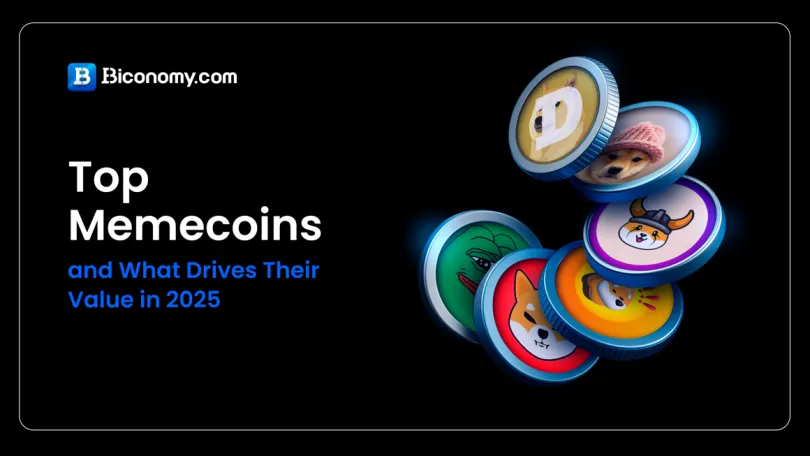
OpenAI identified several criminal groups attempting to use ChatGPT to obtain sensitive information.
Together with the #Microsoft team, the developers managed to block access to the chatbot. OpenAI and Microsoft Threat Intelligence representatives reportedly discovered accounts belonging to hacker groups.
The report mentions organizations such as:
- Charcoal Typhoon and Salmon Typhoon, both linked to China;
- Crimson Sandstorm (Iran);
- Emerald Sleet (DPRK);
- Forest Blizzard (RF).
We disrupted five state-affiliated malicious cyber actors’ use of our platform.
— OpenAI (@OpenAI) February 14, 2024
Work done in collaboration with Microsoft Threat Intelligence Center. https://t.co/xpEeQDYjrQ
"We disrupted five organizations that used artificial intelligence capabilities to support malicious activity. The identified OpenAI accounts associated with these entities have been deleted,"the developers said.
According to OpenAI, Charcoal Typhoon and Salmon Typhoon investigated various cybersecurity tools, examining intelligence and code debugging activities.
The experts also found that Crimson Sandstorm used ChatGPT to create phishing apps and websites, while Emerald Sleet used it to write malicious code and seek out defense experts. Forest Blizzard, in turn, sent requests to find information about satellite communications and radar imaging equipment.
Microsoft, in collaboration with OpenAI, is publishing research on emerging threats in the age of AI, focusing on identified activity associated with known threat actors Forest Blizzard, Emerald Sleet, Crimson Sandstorm, and others. Learn more: https://t.co/y68MDypDXM
— Microsoft Threat Intelligence (@MsftSecIntel) February 14, 2024
During the investigation, the team found that the latest version of #ChatGPT offers "limited opportunities for hackers." Meanwhile, OpenAI said it needed to improve the #security of the product and put in place stronger controls on how users interact with the platform.
In February, the #OpenAI team released an update to ChatGPT that allows the AI bot to memorize facts and preferences of users.




























